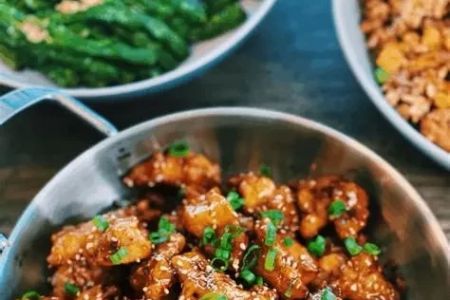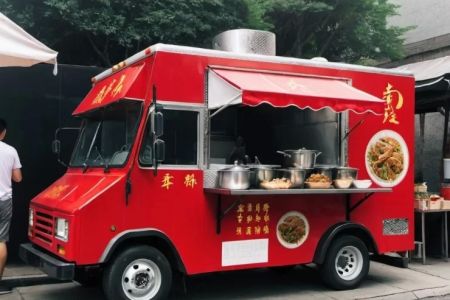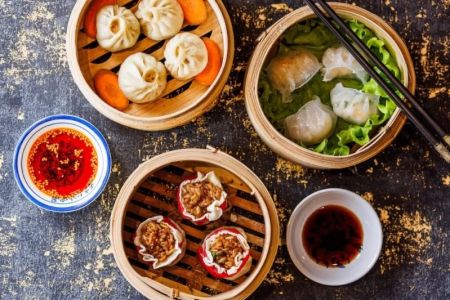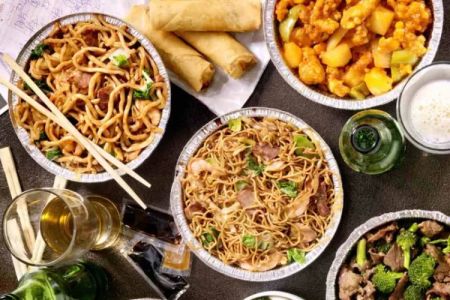- why-regional-chinese-breakfasts-deserve-more-attention
- southern-china-light-comfort-in-guangdong-and-fujian
- northern-china-hearty-grains-and-savory-stews
- western-flavors-from-yunnan-to-xinjiang
- modern-twists-on-traditional-breakfast-dishes
- experience-more-with-chinese-food
1. Why Regional Chinese Breakfasts Deserve More Attention
When people think of Chinese breakfast, the conversation often ends at congee and youtiao (deep-fried dough sticks). But those staples barely scratch the surface. Exploring regional Chinese breakfast dishes reveals a diverse, flavorful, and deeply local world far beyond the standard fare. From millet porridge in Shanxi to spicy noodles in Sichuan, breakfast in China is an ever-evolving cultural experience rooted in geography and tradition.
Much like Chinese dialects, local breakfast cultures vary wildly just miles apart. It’s not just about sustenance—it’s about starting the day with comfort, memory, and identity. And for travelers or food lovers, diving into these local flavors is one of the most intimate ways to understand a region.
2. Southern China: Light Comfort in Guangdong and Fujian
In the south, breakfast leans toward delicacy and subtlety. Think light broths, steamed buns, and rice-based dishes that feel like a gentle morning hug.
2.1 Dim Sum in Guangzhou
Cantonese dim sum is more than a meal—it’s a social ritual. In Guangzhou, families gather at tea houses as early as 7 a.m. for baskets of shrimp dumplings, steamed pork ribs, and silky rice rolls, accompanied by strong pu-erh tea. Locals call it “yum cha,” meaning “drink tea,” but it’s also a parade of expertly crafted small plates.
2.2 Peanut Soup and Fujian Savory Delights
In Xiamen, breakfast often starts with a warm bowl of sweet peanut soup paired with fried dough or sticky rice rolls (zongzi). Another must-try is tu jianbing—a thin pancake filled with egg, pork floss, and pickled vegetables. Light but surprisingly hearty, it's a Fujianese morning essential.
3. Northern China: Hearty Grains and Savory Stews
North of the Yangtze, breakfast becomes bolder and grain-heavy. The cold winters demand fuel, and locals oblige with steaming, carb-rich meals.
3.1 Jianbing and Douzhi in Beijing
Beijing’s street stalls offer jianbing—China’s beloved breakfast crepe. Made with mung bean flour, eggs, chili sauce, and crispy wonton skin, it's wrapped and folded into a hot, savory parcel. For the truly adventurous, douzhi (fermented mung bean milk) delivers a sour, funky kick that Beijingers swear by.
3.2 Shaanxi Roujiamo and Liangpi
Xi’an locals enjoy roujiamo (often dubbed the “Chinese hamburger”), with cumin-spiced pork or beef sandwiched in a crispy bun. It's often eaten alongside liangpi—cold, chewy noodles in a tangy vinegar-chili dressing. Hearty, flavorful, and deeply satisfying.
4. Western Flavors: From Yunnan to Xinjiang
Western China offers some of the most unique regional breakfast dishes, influenced by ethnic diversity and trade routes like the Silk Road.
4.1 Yunnan Rice Noodle Soup
In cities like Kunming, breakfast often starts with "crossing-the-bridge noodles"—a steaming bowl of rice noodles served with raw meat, quail eggs, tofu skin, and vegetables to be cooked at the table. With its layered flavors and rich aroma, it’s both a dish and an experience.
4.2 Xinjiang’s Nang Bread and Lamb Broth
Xinjiang mornings often begin with nang (a sesame-studded flatbread) served with lamb broth or milk tea. Influenced by Uyghur traditions, these breakfasts are dense with spices, meat, and warmth—ideal for the cold desert mornings of the region.
5. Modern Twists on Traditional Breakfast Dishes
As China’s urban centers evolve, so does breakfast. Young chefs are reinventing traditions. In Shanghai, you might find truffle congee topped with a soft-boiled egg. In Chengdu, there’s buzz around fusion jianbing stalls that blend Korean kimchi or Western cheeses into the batter.
Even abroad, new interpretations are surfacing—like LA’s viral “jianbing tacos” or New York’s tea-inspired bao. Yet, the soul of these dishes remains rooted in regional heritage.
6. Experience More with Chinese Food
To truly grasp the richness of regional Chinese breakfast dishes, you need more than a list—you need local knowledge and thoughtful curation. That’s where Chinese Food comes in. Whether you’re looking for rare ingredients, traditional cookware, or access to authentic food tours, Chinese Food offers trusted resources to help you experience each dish as it's meant to be enjoyed.
Don't just taste the dish—understand the story behind it. With Chinese Food, you can eat like a local, wherever you are.







